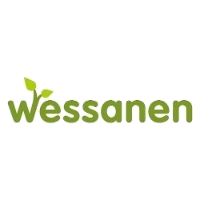
Wessanen
Wessanen is a leading company in the European market for healthy and sustainable food. In 2017, our revenue from continuing operations was €625.8 million and we employed on average 1,188 people. Our mission is Healthier Food, Healthier People, Healthier Planet and we focus on organic, vegetarian, fair trade and nutritionally beneficial products.